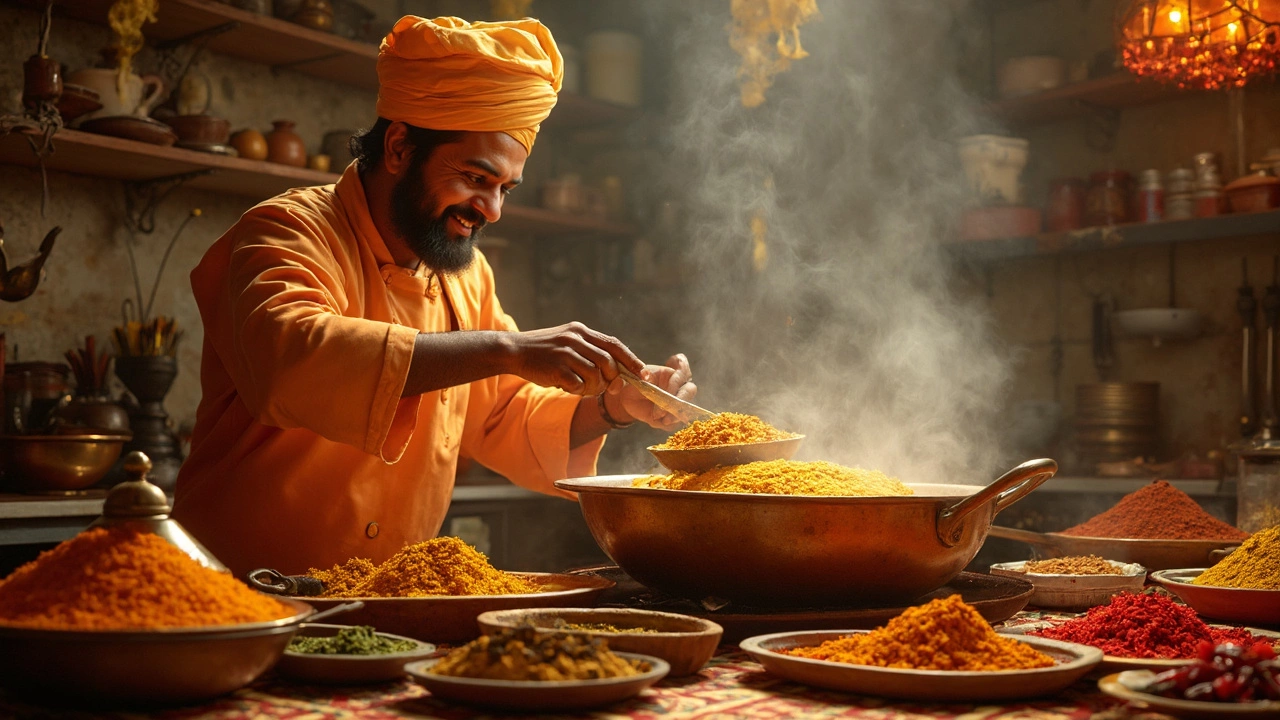Indian Spice Essentials – What Every Home Cook Needs to Know
If you’ve ever wondered why Indian food tastes so bold, the answer lies in the spices. A handful of tiny seeds, powders, and roots can turn a simple veg soup into a fragrant feast. Below you’ll find the basics – which spices matter most, how to keep them fresh, and quick ways to add that authentic kick without a culinary degree.
Common Indian Spices and Their Uses
Here are the pantry heroes you’ll meet most often:
- Turmeric – bright orange, mildly bitter, adds earthiness and a health boost. Sprinkle it in dal, curries, or even smoothies.
- Cumin (whole seeds or ground) – smoky, nutty flavor. Toast the seeds first for extra aroma, then grind or use as‑is in spice blends.
- Mustard seeds – pop when heated in oil, giving a sharp bite. Perfect for South Indian tempering and pickles.
- Fenugreek – slightly sweet, reminiscent of maple syrup. Use sparingly; a pinch in masala adds depth.
- Cardamom – sweet, floral notes. Green pods are great in chai; black cardamom works in biryani for a smoky finish.
- Cloves – strong, warm flavor. Add a couple to biryani rice or stews; remove before serving.
- Coriander seeds – citrusy, fresh. Grind with cumin for a classic garam masala base.
- Chili powder or dried red chilies – heat level varies. Adjust to taste; remember a little goes a long way.
- Asafoetida (hing) – pungent raw, mellow when cooked. Just a pinch in lentil dishes keeps the gas at bay.
Mixing these into a basic garam masala (cumin, coriander, cardamom, cloves, cinnamon, pepper) gives you a ready‑to‑use flavor pack for many recipes.
Storing and Boosting Spice Flavor
Spice potency fades fast when exposed to light, heat, and air. Follow these simple steps:
- Keep spices in airtight glass jars, not plastic. Dark containers work best.
- Store them away from the stove; a pantry shelf or cupboard is ideal.
- Buy whole seeds when possible. Grind fresh batches with a mortar‑pestle or spice grinder for the strongest aroma.
- Toast whole spices in a dry pan for 30‑60 seconds before grinding. This releases hidden oils and intensifies flavor.
- Label jars with the purchase date. Most ground spices stay fresh for 1‑2 years; whole seeds can last up to 3 years.
When a dish feels flat, try a quick “tadka” – heat a spoonful of oil, add a few cumin seeds, mustard seeds, and maybe a dried chili. Pour the hot oil over the cooked food; the instant burst of aroma revives the entire plate.
One more tip: a pinch of sugar or a splash of lemon juice can balance overly bitter spices like turmeric. It’s a small trick that makes a big difference.
Now you have the core tools to work with Indian spices confidently. Pick a few, store them right, and experiment with simple tempering. In no time you’ll be adding authentic flavor to everyday meals without the stress of a complex recipe.
Discover the Spice That Can Replace Onion and Garlic in Indian Cuisine
Fasting or dietary restrictions don't mean missing out on flavor! Indian cuisine has a versatile spice potent enough to replace onion and garlic in dishes like chicken curry. Without compromising taste, this spice not only enhances flavor but also caters to those avoiding onion and garlic. Explore how to seamlessly incorporate this alternative into your cooking for full-bodied, aromatic meals.
